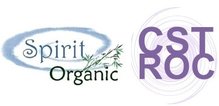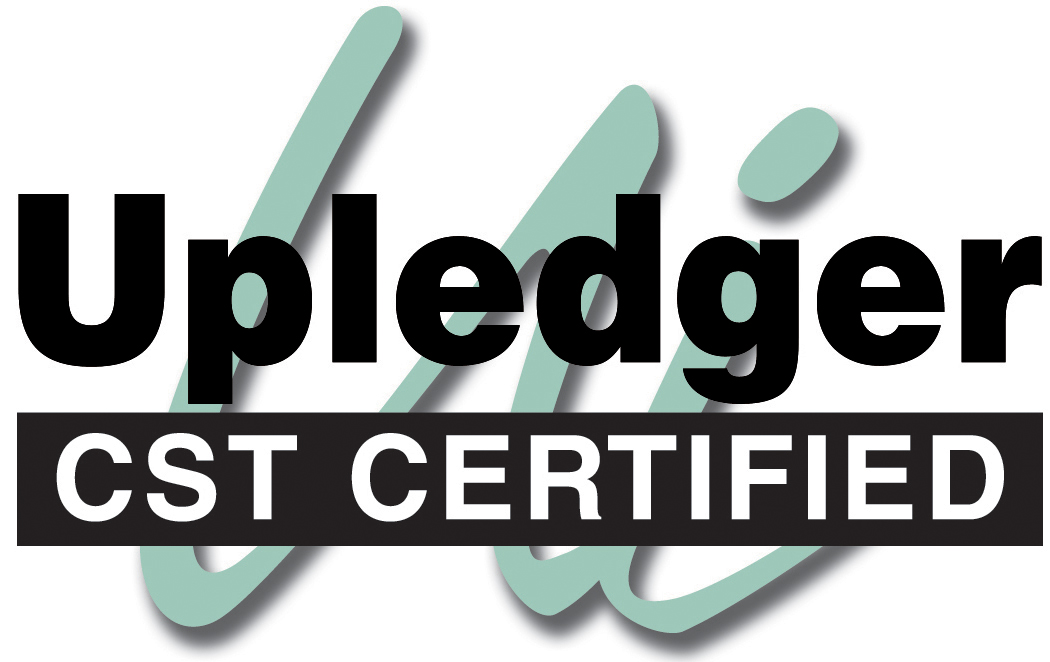What is Craniosacral Therapy?
|
Interested in research on the effectiveness of CST? Research articles can be found here.
|
What is CST Certified?
Molly Deutschbein is an Advanced Craniosacral Therapist with certification from the Upledger Institute, earning her the right to add the initials CST after her name. Of the many therapists in upstate New York who have completed craniosacral coursework, she is one of a small handful who have completed the rigorous techniques certification process. Molly also travels throughout the Northeast as an Upledger teaching assistant. What is Craniosacral Therapy? Craniosacral Therapy (CST) is a gentle, hands-on method of evaluating and enhancing the functioning of a physiological body system called the craniosacral system - comprised of the membranes and cerebrospinal fluid that surround and protect the brain and spinal cord. CST is sometimes referred to as "cranial massage" or "cranial sacral" work. The craniosacral system (a physiological system like the cardiovascular and respiratory systems) provides the physical environment in which the brain and spinal cord develop and function. The light-touch technique works with natural and unique rhythms of our different body systems to pinpoint and correct source problems. What is done during a session? A Craniosacral Therapy session usually takes place in a quiet, private setting. We recommend that clients wear loose, comfortable clothing. Clients remain fully clothed, though most choose to remove their shoes. The session is performed with the client reclining on a massage or treatment table while the practitioner stands or sits, positioned at various times throughout the session at the client's head, middle torso or feet. CST practitioners release restrictions in the craniosacral system to improve the functioning of the central nervous system, using a soft touch generally no greater than the weight of a nickel. |
|


